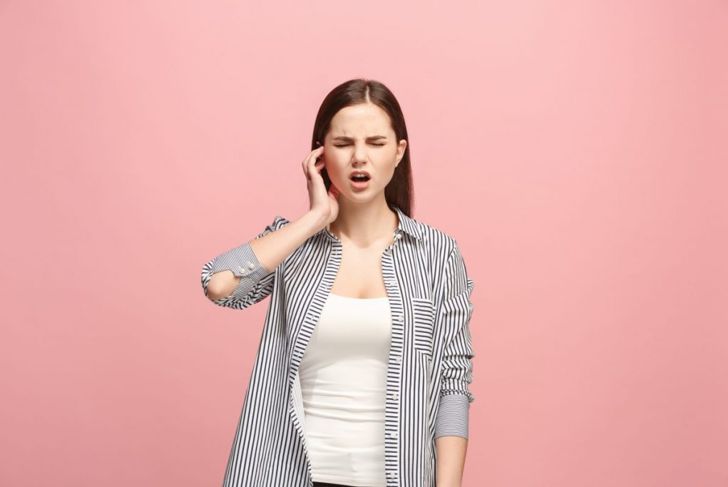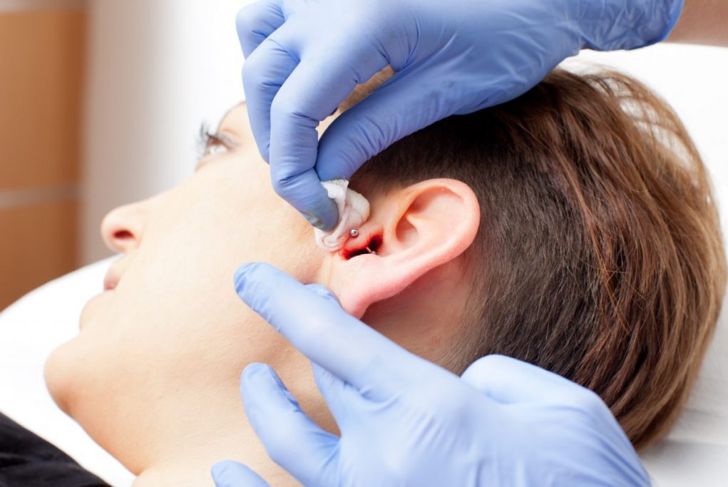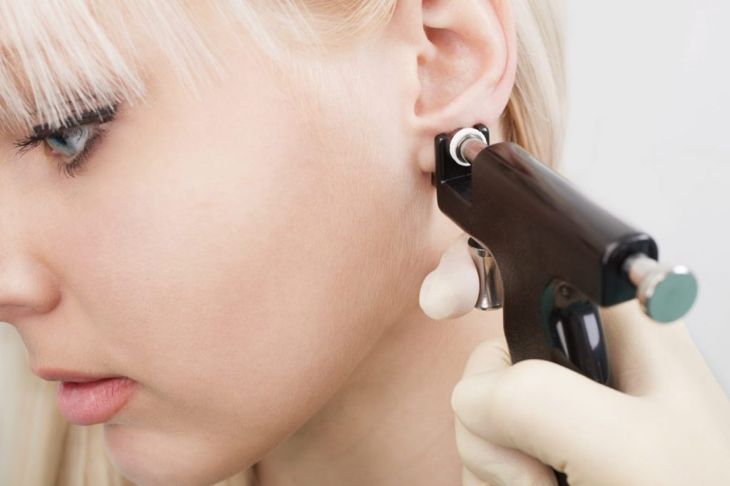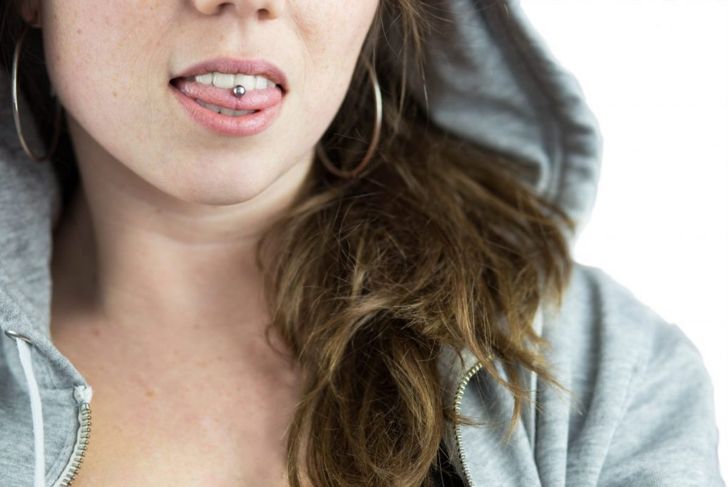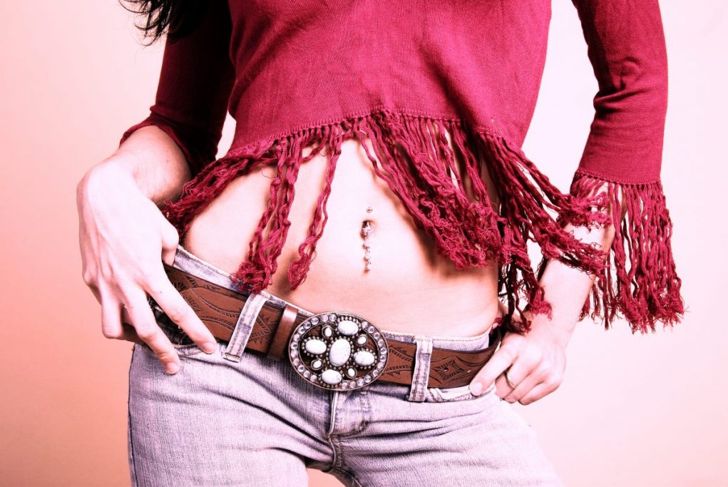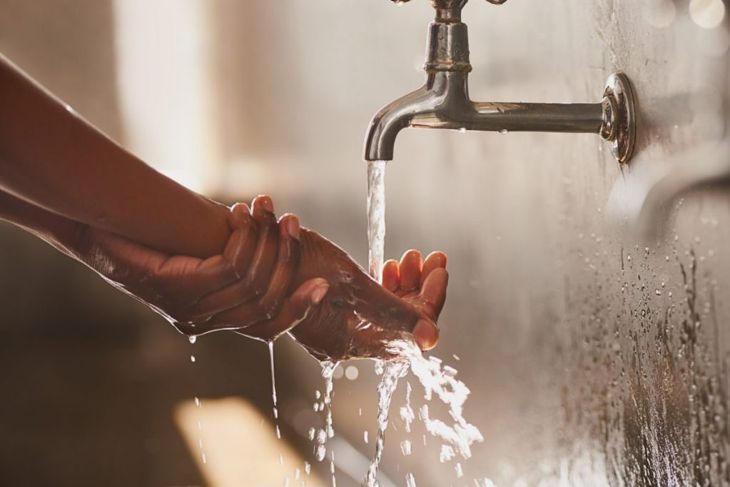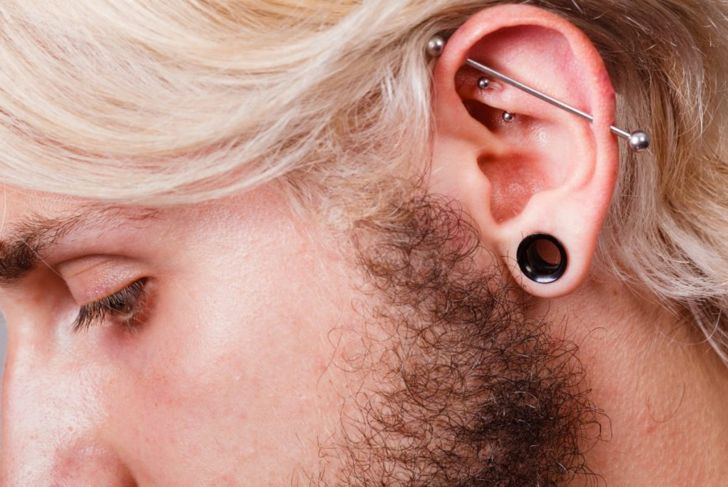Piercings have been rising in popularity over the past few decades, particularly in areas other than the more traditional earlobe. Tongues, lips, noses, eyebrows, nipples, navels, and genitals have all become common sites for jewelry. Though piercings are generally harmless, if the procedure isn’t sanitary and the piercing site doesn’t receive proper care, they can become infected. Most piercing infections are minor, though they can become more severe through lack of treatment or when the holes are in certain positions.
Symptoms
Typically, an infected body piercing experiences inflammation and swelling of the piercing site. The area may develop a redness as well. Pain and tenderness often accompany the swelling. Pain upon contact can prevent the individual from properly cleaning the site, which leads to more serious infections. As piercings worsen, they may begin to burn or itch. It’s common for infected body piercings to secrete a yellow, green, or yellow-white discharge. Serious infections sometimes cause fevers.
Cause
Many factors can cause infection in a body piercing. Most infections result from unsterile equipment or materials. In some cases, the piercing may be too tight, which prevents air from entering the channel. The additional pressure from tight piercings can restrict blood flow and increase the area’s vulnerability to infections. Some inexpensive piercings have rough edges that scratch the site. Many people have allergies to nickel, and many cheaper piercings contain large amounts of nickel. These allergies can cause an allergic reaction that develops into an infection.
Treating an Infection
Most piercing infections tend to last only one to two weeks with proper care. However, they may occur chronically if the individual is not conscientious about proper cleaning. Before touching their piercing, the person should always wash their hands. Though many people believe that rubbing alcohol, hydrogen peroxide, or antibiotic ointments are effective treatments for infections, they can irritate the skin further and slow the healing process. Instead, sterile saline or eight ounces of distilled water with a one-third teaspoon of salt is the ideal cleaning solution. This cleaning regimen should occur twice a day for the several weeks it will take for the piercing to heal fully.
When to Visit a Doctor
Though most infections are minor, some signs indicate an infection requires immediate medical attention. If the piercing doesn’t move or embeds itself in the skin, this may be a sign of dangerous inflammation. If the infection doesn’t improve within a few days of home treatment, it may require antibiotics. Some piercings develop abscesses full of pus around the piercing site that require surgical drainage. A fever accompanying an infected body piercing may indicate sepsis or other serious complications.
Picking the Right Piercer
One of the best ways to prevent an infection is to ensure that the piercer is qualified and their space and equipment are sanitary. Many infected piercings are the result of untrained piercers. Reputable piercing studios and tattoo shops have trained, licensed employees. Regulations vary depending on location, but there are a few ways to ensure that a piercer and their space are sanitary. Primarily, they should wash their hands and wear a clean pair of disposable gloves for each piercing. The Association of Professional Piercers warns against reusable piercing guns because they are much more difficult to sterilize. Instead, a piercer should use equipment with fresh, disposable needles. Finally, qualified piercers should carry a variety of hypoallergenic jewelry for individuals with metal allergies.
Preventing Tongue, Cheek, and Lip Piercing Infections
You can take additional steps to prevent body piercings susceptible to infection from becoming prolematic. For example, most tongue, cheek, and lip piercings heal within six to eight weeks. During this recovery time, the pierced individual should not have any oral contact with another person. They should also avoid irritants such as spicy foods, tobacco, alcohol, and hot beverages. Low-strength mouthwash or sterile saline can help keep the piercing area clean.
Preventing Nose Piercing Infections
Generally, nose piercings take longer than most piercings to heal due to the anatomy of the nose. Cartilage, which contains fewer blood vessels than other areas of the body, makes up much of this body part. This lack causes nose piercings to take between 12 and 16 weeks to heal, giving infections a longer period to develop. However, preventing infections in nose piercings is straightforward. As long as the piercing remains in the piercing channel and an individual cleans their hands before touching it, an infection shouldn’t develop.
Preventing Navel or Nipple Piercing Infections
Navel piercings have the longest recovery period of all piercings. Some navel piercings appear to heal fully by six weeks but can take up to a year to heal entirely. Nipple piercings have a normal recovery period of six to eight weeks. Loose fitting clothing can prevent irritation. Cotton swabs dipped in sterile saline are effective cleaning tools for both piercing sites. The areas should soak in the saline for at least ten minutes upon each application.
Preventing Genital Piercing Infections
Some piercing sites, such as the genitals, are particularly prone to infections. Loose clothing and underwear can minimize irritation. To clean the area, use warm water with a mild antibacterial soap. Perfumed products are more likely to lead to infections. If the soap is too irritating, combine it with water. Follow cleaning with a soft rinse under running water. Many people worry that urine may infect the area, but it typically only causes mild irritation.
Preventing Pinna Piercing Infections
The pinna is the external part of the ear above the ear lobe. Like the nose, the pinna consists primarily of cartilage with fewer blood vessels than other areas of the body. Pinna piercings have a recovery period of between 12 and 16 weeks. Primarily, it’s important to not sleep on the side of the head with the piercing. This may not be possible if both ears have pinna piercings. Additionally, use the ear without a piercing to talk on the phone. If both ears have a piercing, it can be beneficial to use earbuds or in-ear headphones.

 Home
Home Health
Health Diet & Nutrition
Diet & Nutrition Living Well
Living Well More
More